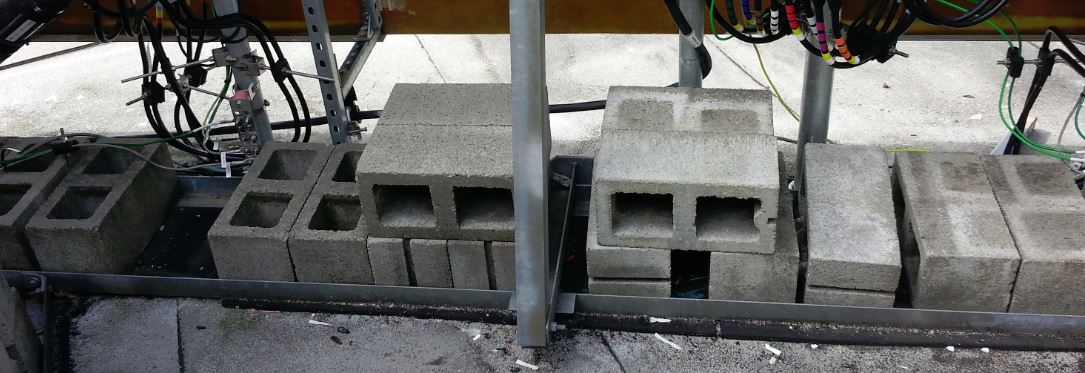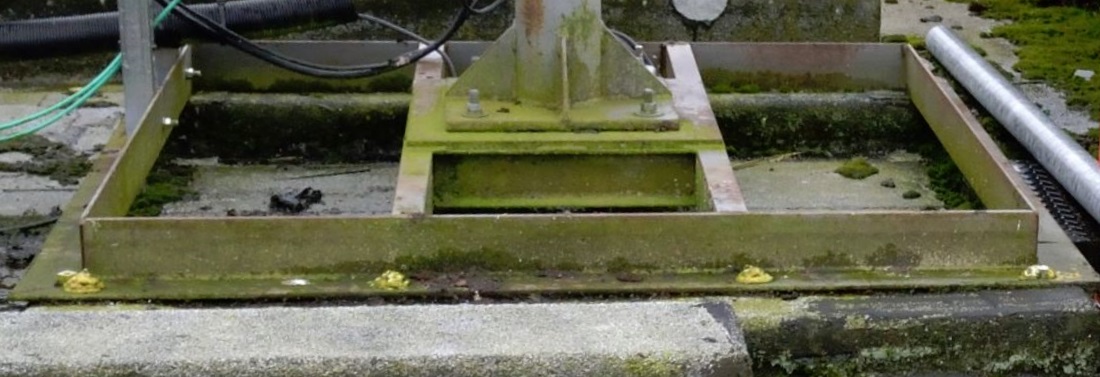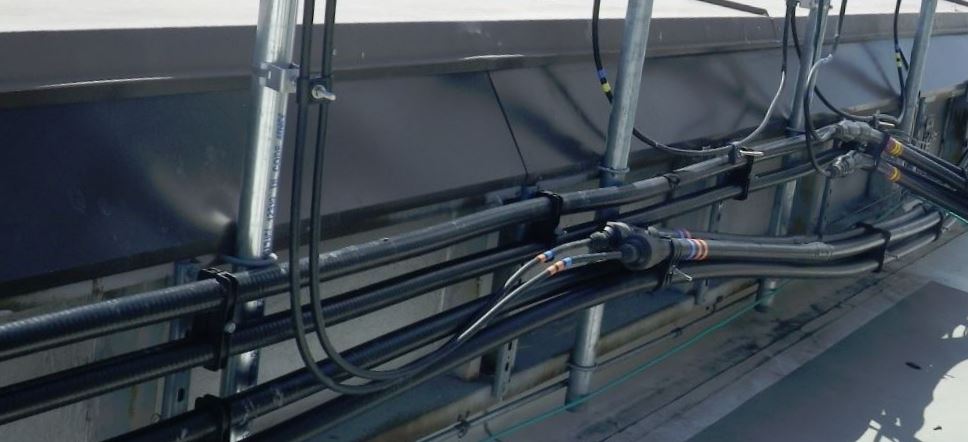Rooftop Antenna Mounting
Rooftop antenna sites are a great revenue source as it allows you to generate income from an otherwise un-leasable portion of your property - your roof! If the cellular antennas are installed correctly and proactively managed, the rooftop antenna site can be a good source of income with very little headache.
Our experience has found that most property owners are not familiar with rooftop antenna installation methods, and in many cases property owners leave the methods of installation to the judgment of the wireless tenant. The wireless tenant relies on a network of contractors who are tasked with getting the work done on time, and under budget. Many times the property owner doesn't ever see the rooftop installation, or if they do, knowing what is normal is difficult to ascertain without having experience in other sites.
Rooftop antenna installations come in many different varieties, some better than others. The following are three examples of rooftop antenna installations that we have seen recently.
Rooftop Antenna Site - Gravity Mount

In this particular installation, the engineer called for 700 pounds of weight to be added per side (3 sides, = 2100 lbs) to ensure the antenna structure remained in place.
Benefits of this type of installation are no punctures to the roofing surface.
Downside of this type of installation is that it adds significant loading to the roofing surface. Additionally, as equipment is added to the cell site, "ballast" weight may not be removed to compensate. This continues to increase the loading on the rooftop.
Rooftop Antenna Site - Attached to Roofing Structure

In this method of installation, the antennas are mounted directly to the roofing structure.
Benefits of this type of installation are less weight added to the rooftop.
Downside of this type of installation is that the roofing structure is penetrated.
Rooftop Antenna Site - Attached to Building Structure

In this type of installation the antennas and equipment is mounted to the building structure such as a parapet or elevator penthouse.
Benefits of this type of installation are the roofing surface is not penetrated, and all cabling is out of the way allowing for easier roofing repairs and maintenance.
Downside of this installation is the equipment will be more visible from the street, and it requires a large enough parapet surface for the equipment to be mounted.
Rooftop antenna site upgrades also need to be carefully considered and reviewed. While upgrades may be "minor" to wireless carriers, they can add hundreds of pounds of weight to your rooftop. This additional weight should be considered prior to its addition to determine the impact on your roof. Make sure the structural analysis performed on your site includes calculations determining whether your roof can support the proposed weight.
Whether you have an existing rooftop installation, or are in the process of negotiating one, take the extra time to consider all the installation and upgrade options necessary for your building. Consulting with an industry professional may save you thousands in the long run.
If you have questions regarding an antenna installation on your property, we offer no-obligation initial consultations. Click here to contact us today.
